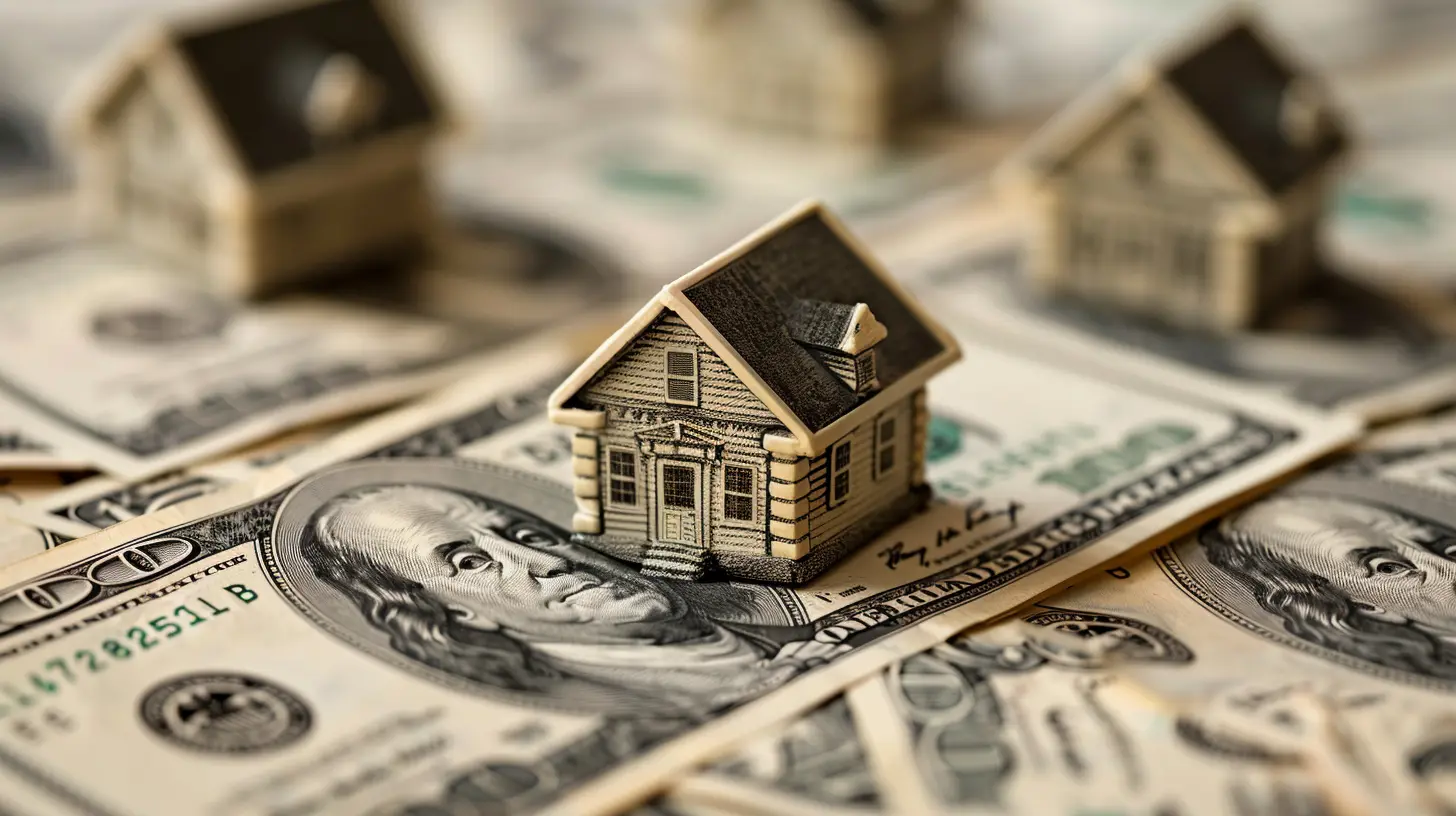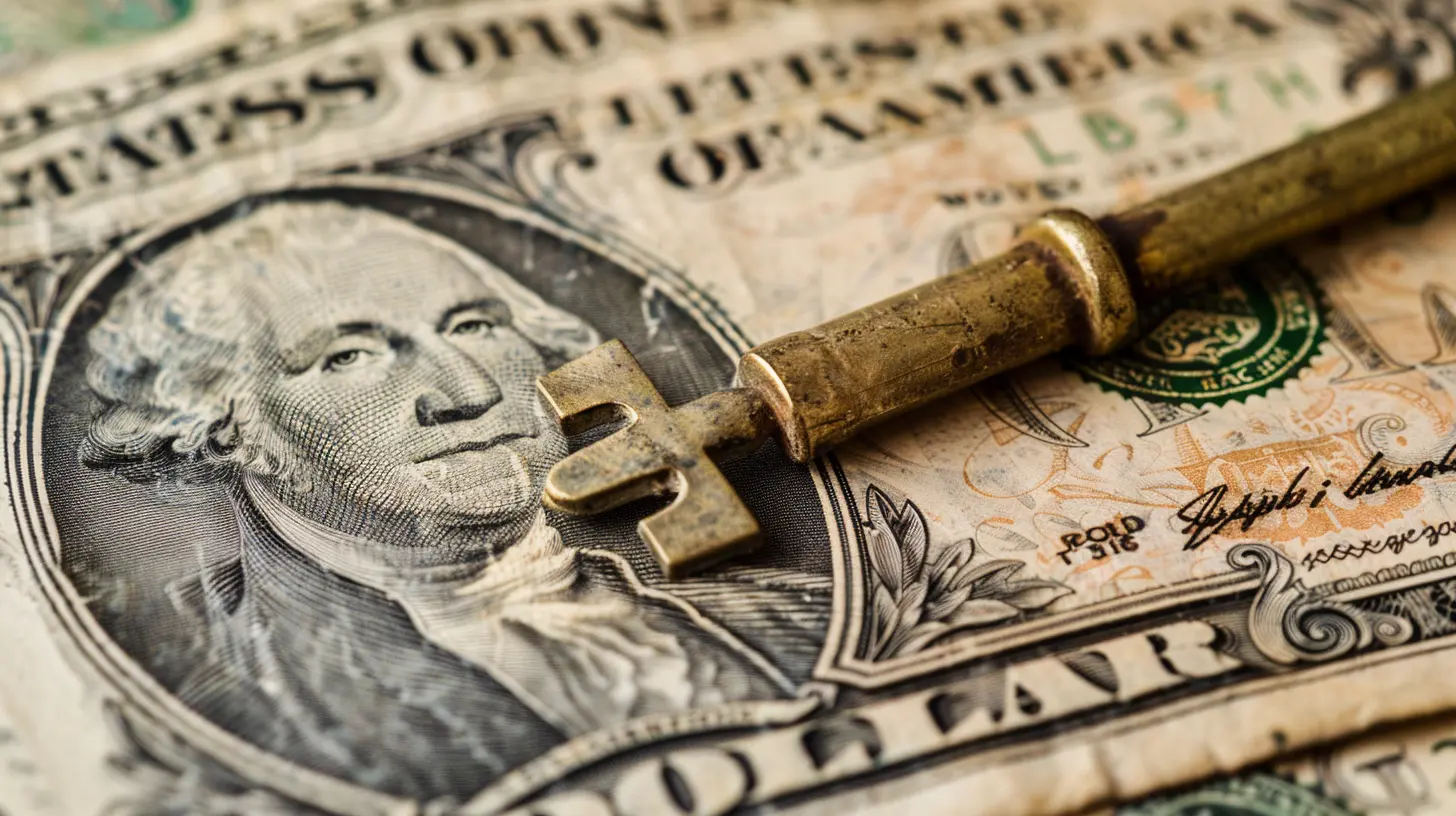Key Signs You’re Ready to Refinance Your Home Loan
26 July 2025
Refinancing your home loan can be a game-changer—lower rates, reduced monthly payments, or even a faster track to becoming mortgage-free. But how do you know if now is the right time to make the move?
It's a big financial decision that could save (or cost) you thousands of dollars. To help you figure it out, let's dive into the key signs that indicate you're ready to refinance your home loan. 
1. Interest Rates Have Dropped Since You Took Your Loan
One of the most common reasons homeowners refinance is to take advantage of lower interest rates. If mortgage rates have fallen since you originally got your home loan, refinancing could reduce your monthly payments and save you a significant amount over time.Even a small drop in interest rates—say, half a percentage point—can mean thousands of dollars in savings, depending on your loan amount and term.
💡 Quick Tip: Check the difference between your current rate and today's market rates. If you can secure at least a 0.5% to 1% lower rate, refinancing might be worth it. 
2. Your Credit Score Has Improved
Your credit score plays a huge role in the type of mortgage rates lenders offer. If your credit score has increased since you first got your loan, you may qualify for a lower interest rate now.● Have you paid off debts that were dragging your score down?
● Have you been making consistent, on-time payments?
If the answer is yes, refinancing could open doors to better loan terms and lower payments. 
3. You Want to Reduce Your Monthly Mortgage Payment
Life happens. Maybe your financial situation has changed—you've started a family, switched jobs, or encountered unexpected expenses. If your monthly mortgage bill is straining your budget, refinancing to a lower rate or extending your loan term can help make payments more manageable.However, keep in mind that extending your loan term could cost you more in interest over time. But if keeping cash in your pocket now is a priority, refinancing might be a solid option. 
4. You Want to Pay Off Your Loan Faster
On the flip side, some homeowners refinance to shorten their loan term and build equity faster.For example, switching from a 30-year mortgage to a 15-year loan can help you pay off your home much quicker and save tens of thousands in interest. While your monthly payment could go up slightly, the long-term savings (and the feeling of financial freedom) can be well worth it.
💡 Quick Tip: Before refinancing to a shorter term, consider whether you can comfortably handle the higher monthly payments without stretching your budget too thin.
5. Your Home’s Equity Has Increased
Equity is the portion of your home that you actually own—calculated as the difference between your home's market value and what you still owe on your mortgage.As property values rise or as you pay down your loan, your equity grows. If you've built up a good amount of equity, refinancing can help you access cash for home improvements, debt consolidation, or other major expenses.
Common refinance options using home equity:
✔ Cash-out refinance – Allows you to take out a new loan for more than what you owe and pocket the difference in cash.
✔ Rate-and-term refinance – Helps you secure a better rate or loan term while keeping your equity intact.
Just be cautious! Tapping into home equity means increasing your mortgage balance, so make sure you're using the funds wisely.
6. You Have an Adjustable-Rate Mortgage (ARM)
If you initially chose an adjustable-rate mortgage (ARM) to take advantage of lower intro rates, you might face rising payments as interest rates adjust.Refinancing to a fixed-rate loan can give you stability and peace of mind, eliminating the uncertainty of fluctuating mortgage payments.
✔ Do you prefer predictable payments?
✔ Is the market showing signs of rising rates?
If yes, then locking in a fixed-rate mortgage could be a smart move.
7. You’re Still Planning to Stay in Your Home for a While
Refinancing comes with closing costs—typically 2% to 5% of your loan amount. These costs can eat into your savings if you plan to move soon.A good rule of thumb is to calculate your break-even point—the time it takes for your refinance savings to cover the closing costs.
💡 Quick Formula:
Divide your total closing costs by your monthly savings from refinancing. The result is the number of months it’ll take to break even.
If you plan to stay in your home beyond the break-even point, refinancing can really pay off.
8. You Want to Get Rid of Private Mortgage Insurance (PMI)
If you put down less than 20% when you bought your home, there's a good chance you're paying private mortgage insurance (PMI).But if your home’s value has appreciated, refinancing could help you ditch PMI by showing lenders that you now have more than 20% equity.
✔ No more PMI means lower monthly payments.
✔ More money stays in your pocket instead of going to the lender.
Just be sure to check your lender’s specific refinancing requirements before making a move.
9. You Need to Consolidate Debt
If you’re juggling high-interest credit card debt, student loans, or personal loans, refinancing can be a strategic way to consolidate debt at a lower interest rate.A cash-out refinance allows you to roll multiple debts into one manageable mortgage payment—potentially saving you thousands in interest.
But remember: You're shifting unsecured debt (credit cards, personal loans) into secured debt (your home). This means if you default, you could risk foreclosure. So only go this route if you’re confident in managing the payments.
10. You’re Financially Stable Enough to Handle Refinancing Costs
Refinancing isn’t completely free. Apart from closing costs, some lenders charge application fees, appraisal fees, and other expenses.Before refinancing, make sure you have enough savings to cover these upfront costs without straining your budget.
💡 Good News: Some lenders offer no-closing-cost refinance options, but they often roll the fees into the loan or charge a slightly higher interest rate.
Final Thoughts
Refinancing is a powerful financial tool, but it’s not a one-size-fits-all solution. If you check multiple boxes on this list, chances are you’re ready to refinance and save big.However, if you’re unsure, take time to crunch the numbers, weigh the pros and cons, and consult with a financial expert before making a decision.
At the end of the day, your home is one of your biggest investments, and making informed choices ensures you’re getting the most out of it.
all images in this post were generated using AI tools
Category:
RefinancingAuthor:

Cynthia Wilkins
Discussion
rate this article
1 comments
Darius McSweeney
Great tips! Timing is essential here!
August 1, 2025 at 10:32 AM

Cynthia Wilkins
Thank you! Timing really does make a big difference in refinancing. Glad you found the tips helpful!


